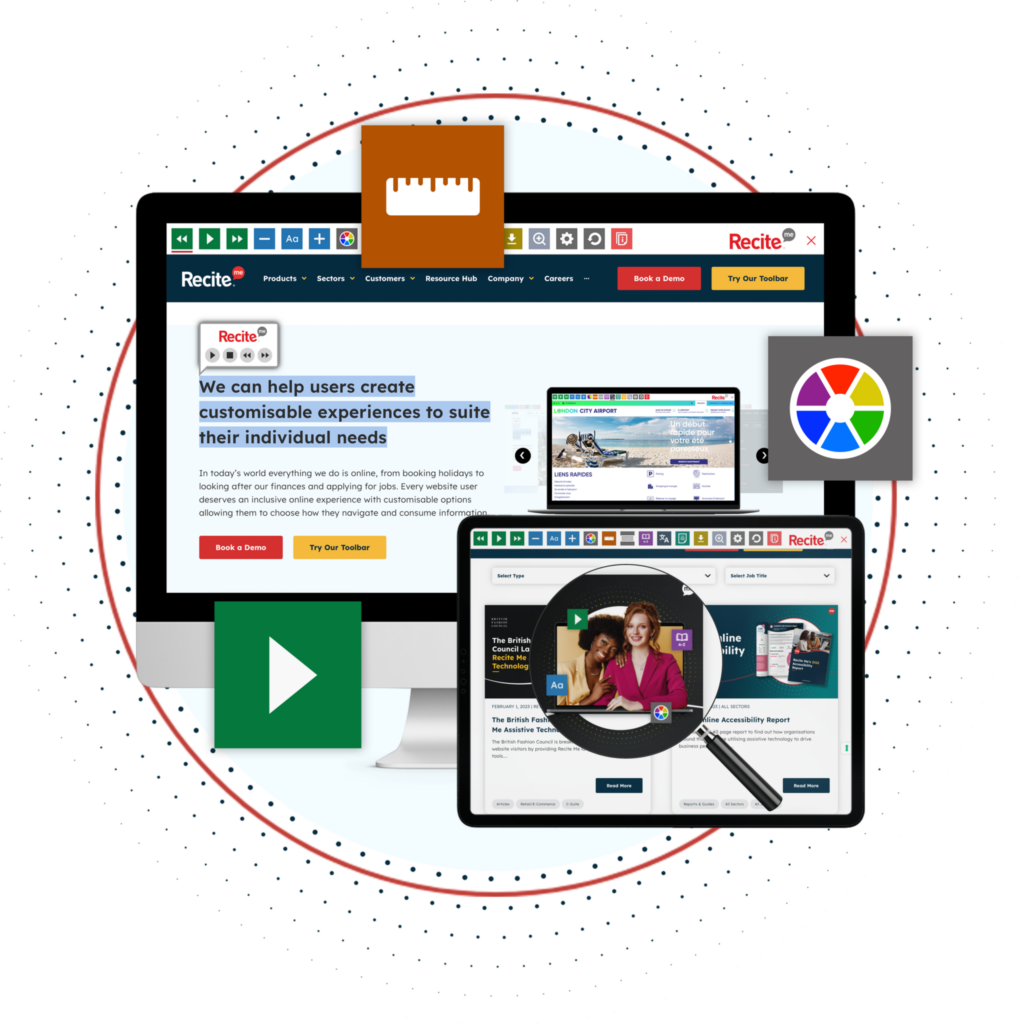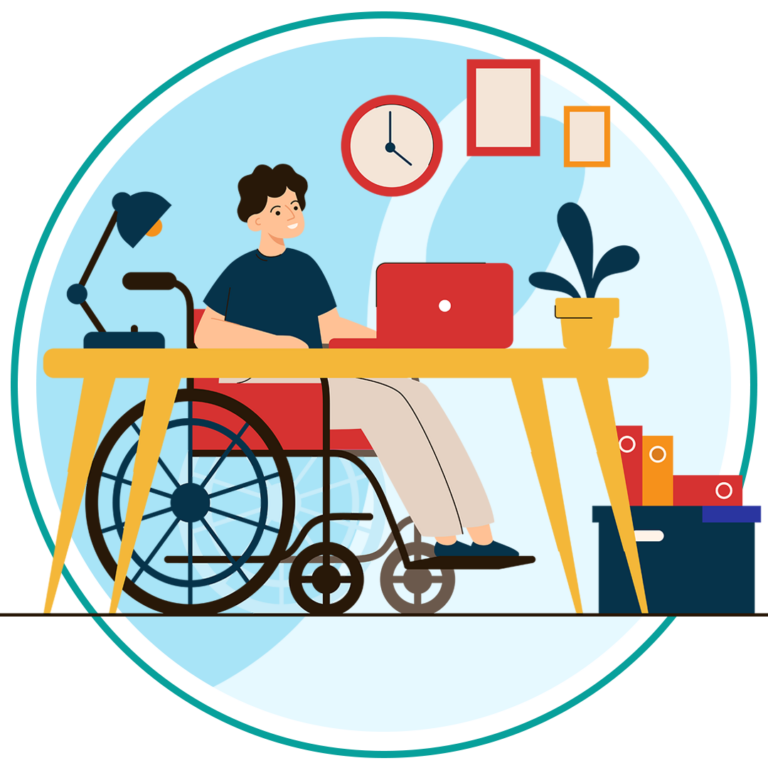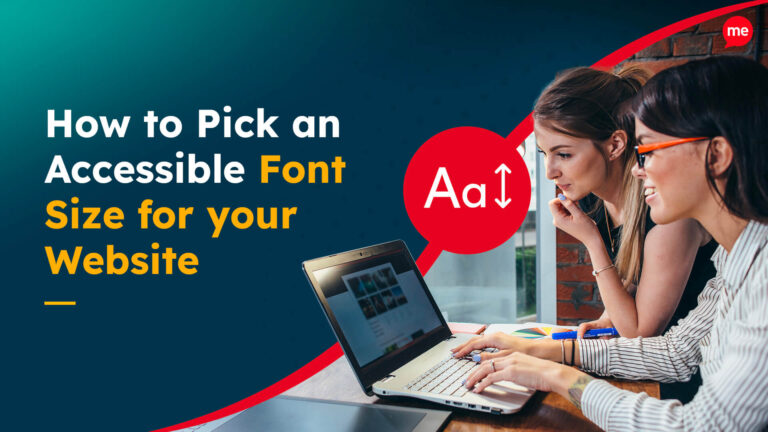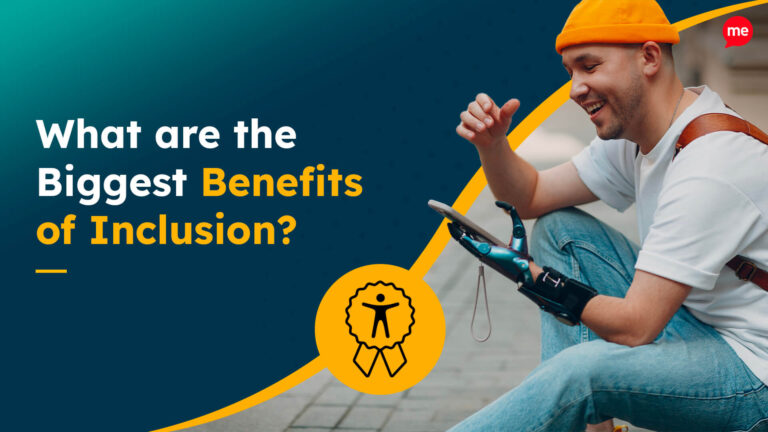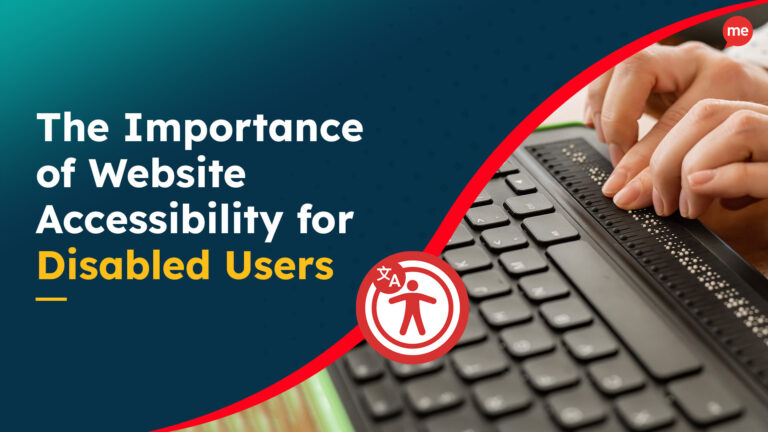Get Your Free Accessibility & Inclusion Toolkit
Download NowCerebral Palsy (CP) is one of the most common physical disabilities in children. The condition is typically diagnosed around 2 years after birth and affects around 17 million people globally. This is a lifelong condition that creates significant mobility issues. Individuals with Cerebral Palsy will have difficulties relating to their coordination and movement. Since there is no current cure for the condition, many coping mechanisms need to be leveraged to maintain a high quality of life. One of the most important things is effective use of assistive technology for people with cerebral palsy.
What is Assistive Technology?
Assistive Technology refers to devices, tools, software, or equipment specifically designed to enhance the independence, functionality, and quality of life for individuals with disabilities. These technologies aim to address various challenges faced by people with disabilities, enabling them to perform tasks that might be difficult or impossible without assistance.
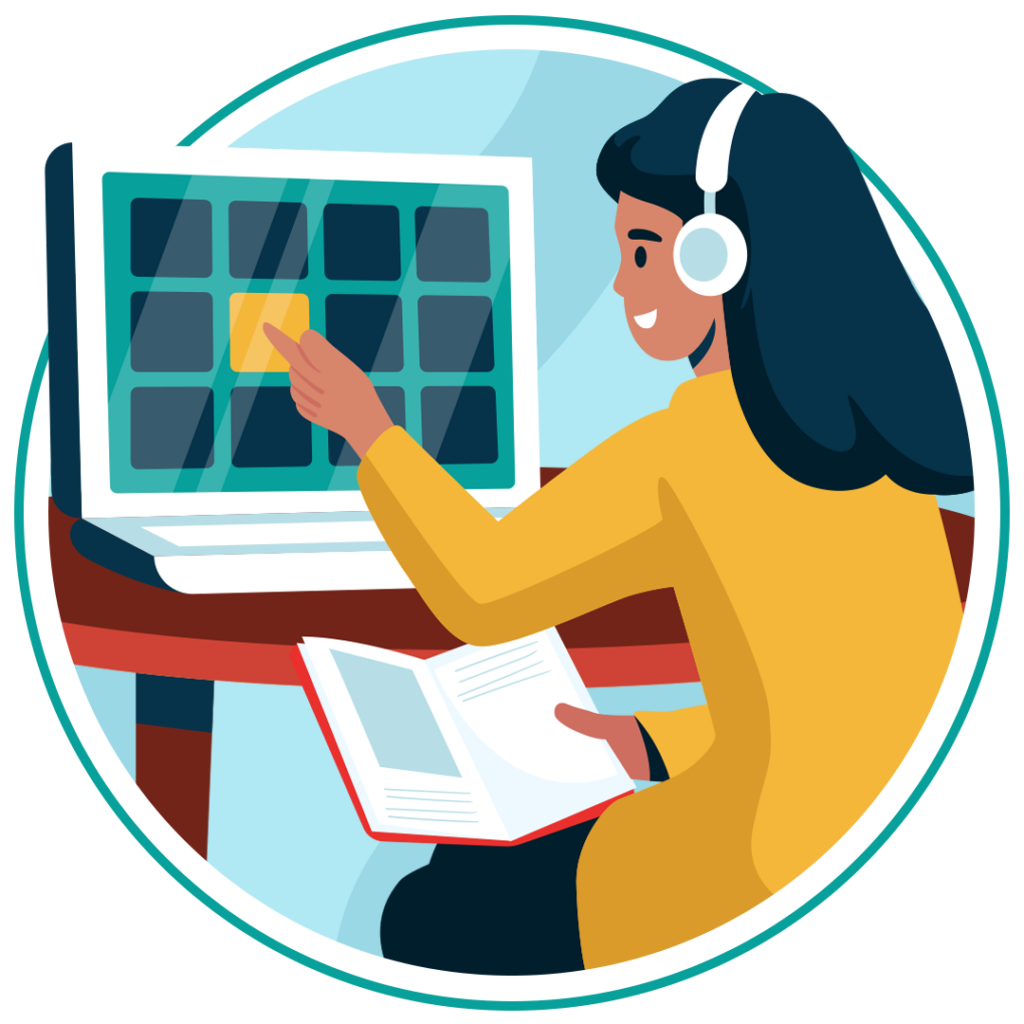
Assistive technology can encompass a wide range of solutions, including mobility aids, communication devices, screen readers, adaptive computer software, hearing aids, and other specialised tools that cater to diverse needs and disabilities. The ultimate goal of assistive technology is to promote inclusivity, accessibility, and equal opportunities for individuals with disabilities in various aspects of daily life, education, and employment.
Types of Assistive Technology for Cerebral Palsy
There are numerous different tools, devices and aids that can be used to enhance the lives of people who have Cerebral Palsy. When people think of examples of assistive devices for cerebral palsy, they often think of physical devices to aid with mobility. Which rightfully makes up a big portion of the available aids, but with the increasing digitisation of our world, there are also many online assistive technologies that provide great value too. Below are some of the most important assistive technologies from both the online and offline world.
Text-to-speech
Text-to-speech software is used to convert written text into spoken words. This high-tech assistive technology tool can be used to perform a number of functions for people with Cerebral Palsy. The first way it can be used is as an assistive communication device. Since individuals with CP often have difficulties with speech, the user can type out the text and have the tool read it out loud. With integration of other technologies, the user can also type the words with limited input. For example, eye-tracking devices can be used to input the text.
The second way it can be used is as an assistive reading technology. As a recent study found children with Cererbral Palsy are at risk of reading disabilities. So, the text-to-speech software can be leveraged to read the text for the user, as opposed to manually reading it themselves. Useful technologies such as Screen Readers are often found on many accessible and inclusive websites to help users with this.
Physical Mobility Aids
Mobility aids can play a crucial role in enhancing the independence and daily functioning of individuals with cerebral palsy, a group of motor disorders that affect movement and posture. The specific type of mobility aid chosen often depends on the individual’s needs and the severity of their condition. Here’s how various mobility aids can help people with cerebral palsy:
- Walkers: Walkers with or without wheels provide stability and support for individuals with cerebral palsy who may have difficulty maintaining balance or walking independently.
- Canes: Canes offer additional support, helping individuals with cerebral palsy maintain balance and stability while walking.
- Crutches: Crutches provide support for those with more upper body strength, allowing them to distribute weight and walk with greater stability.
- Wheelchairs: Manual or power wheelchairs can offer a means of independent mobility for individuals with cerebral palsy who may have significant challenges with walking.
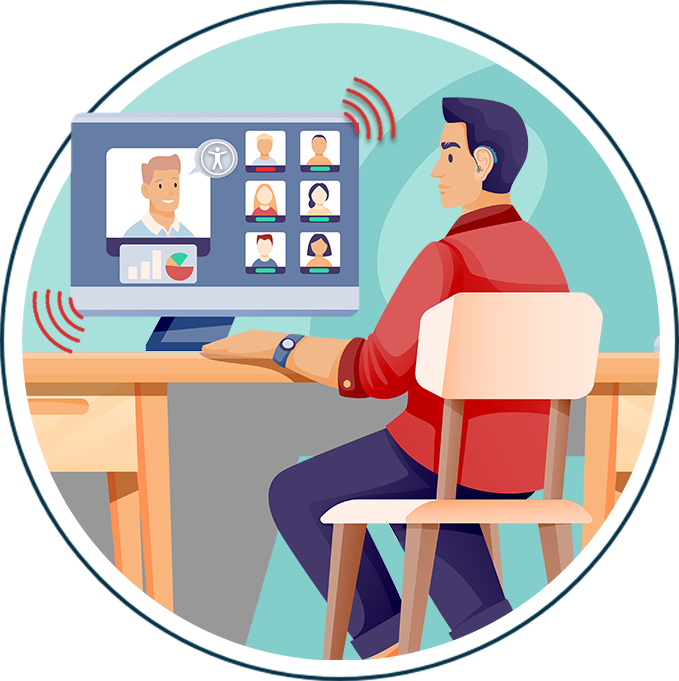
Hearing Aids
Individuals with Cerebral Palsy can often experience hearing loss. So the use of assistive technology for hearing impairments can be very beneficial. Specific hearing devices such as a Cochlear Implant can help individuals with CP hear more effectively. However, due to its difficulty in implanting it, the Cochlear implant is only recommended for people with more severe hearing difficulties. Easier to use technologies include assistive listening devices, which can be used to amplify sound to the user. These typically come in an easy to use format such as a wearable headset or earpiece.
Writing Aids
For Cerebral Palsy individuals, the ability to write can be difficult, due to an unsteadiness in their movements. However, there are plenty of useful assistive technologies for writing that can provide the necessary support and assistance. Some examples include:
- Weighted Pens/Pencils: These assistive tools help by providing stability and leverage, as the weight can be transferred easily by the user.
- Gripping Devices: Grips for Pens or Pencils can be used to help people with CP improve their grip when writing.
- Writing Boards: Customizable surface that can be used by individuals with CP to write on. Slanted Writing boards in particular are usually preferred, as the angle allows good alignments with the muscles, allowing them to be more relaxed, which improves accuracy.
Eye-tracking Software
Eye-tracking software helps individuals with cerebral palsy by enabling them to control computers, communicate, and interact with their environment using eye movements. This technology provides an alternative means of access for those facing challenges with traditional input methods, fostering independence in communication, education, and daily activities.
Keyboard Accessibility
The ability to navigate the internet and find your way through various websites is something many people take for granted. However, people with Cerebral Palsy are faced with many barriers and challenges when it comes to this basic requirement. People with CP rely on the primary use of a keyboard to navigate, as opposed to using a mouse. Therefore, keyboard accessibility is crucial as it ensures all aspects of the web can be accessed through only keyboard navigation.
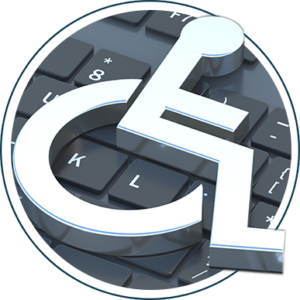
This can also be paired with the addition of adaptive keyboards and/or mice. These devices are built with disabilities in mind, helping to make the internet a more accessible place. Enabling easier and more efficient navigation for their users. Furthermore, the use of steadying devices can be used to help CP users who experience shaky movements, this allows their key selections to be far more accurate than without the device.
Our 40-page Digital Accessibility & Inclusion Toolkit helps businesses break down online barriers and make a real impact. It offers practical advice on all aspects of digital accessibility, from writing an accessibility statement to accessible website tips and inclusive hiring.

Benefits of Assistive Tech for Cerebral Palsy
Assistive technology offers numerous benefits for individuals with cerebral palsy by enhancing their independence, communication, mobility, and overall quality of life. Here are some key benefits of assistive technology for people with cerebral palsy:
- Improved Independence: Assistive technology helps individuals with cerebral palsy perform daily activities independently, promoting a sense of autonomy and self-reliance. This is great for promoting many feelings that are associated with a positive mental well-being. For example, individuals who experience an improved sense of independence are usually happier, more confident and self-sufficient.
- Enhanced Communication: The use of assistive communication devices can help users with CP to express themselves effectively. This allows them to share thoughts, interact with others and contribute to society in a more accessible way.
- Access to Education: Education is something everyone can agree should be made accessible to all types of people. The use of Assistive Technology in Education and Special Education is very important for those with Cerebral Palsy. As various assistive tools, devices and softwares can be leveraged to allow full participation in an academic environment.
- Increased Mobility: The most obvious benefit to CP users of assistive technology is the increased mobility. As this is an area is significantly impacted in people who have Cerebral Palsy. The use of various tools such as wheelchairs, walkers and strollers help people with Cerebral Palsy to move around in an easier way. Providing them with the ability to carry out everyday tasks and activities in various settings.
- Employability: Discrimination against people with disabilities in the workplace is sadly a real thing. However, there are still many jobs that people with Cerebral Palsy are simply unable to perform to an acceptable standard. But, with the introduction and advancement of assistive technologies, this pool of jobs is getting smaller, in addition to improving existing roles. As the technology can be used to improve the efficiency of job-related tasks.
How can Recite Me help?
Recite Me is one of the leading providers of online accessibility software and solutions. We specialise in making the web a more accessible place for everyone, including those with Cerebral Palsy and other disabilities.
Recite Me Toolbar
The Recite Me Assistive Toolbar helps to create inclusive experiences on the web. It can be installed and integrated on a website to create a customisable experience for users with various disabilities. Allowing the user to customise a website in a way that works for them. Some of the functions and features provided by the Toolbar include:
- Customisable text size, spacing and font style.
- Adjustable text and background colours to minimise the negative effects of colour contrasts.
- Screen Mask to block visual clutter.
- Additional Reading tools such as text-only mode and an on-screen ruler.
- Text-to-speech in 65+ languages.
- Translations to 100+ languages.
